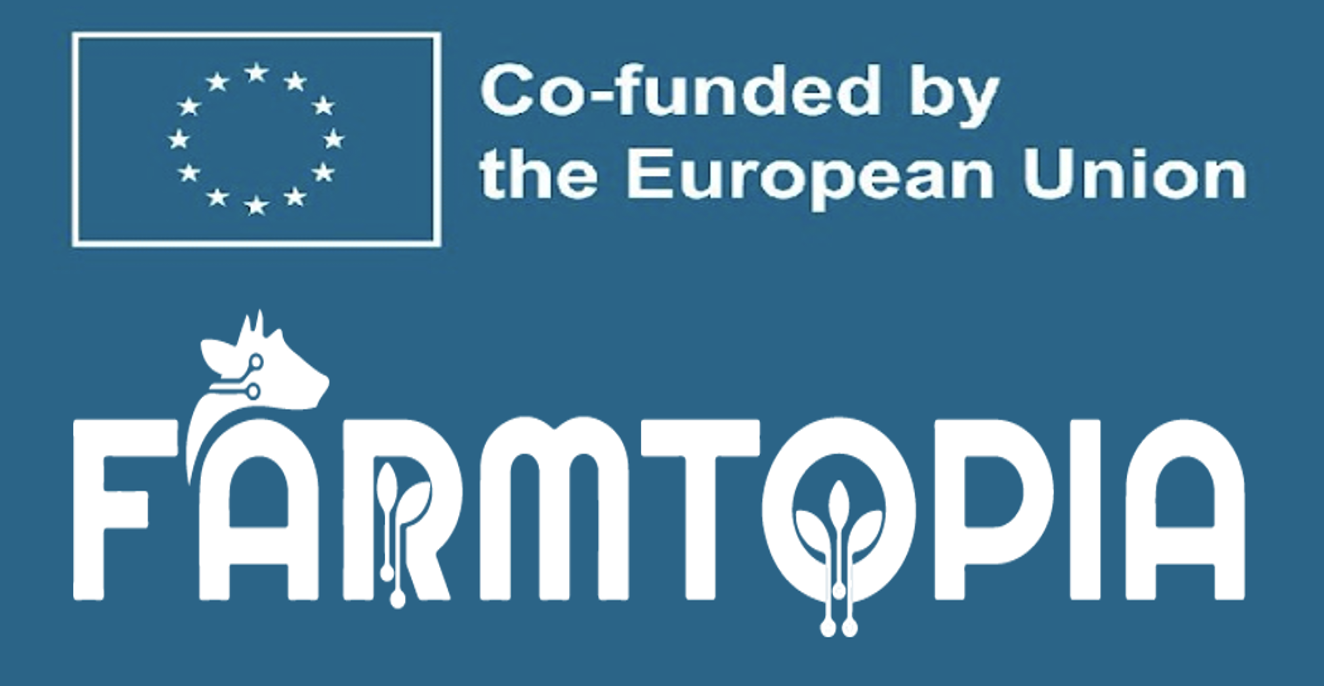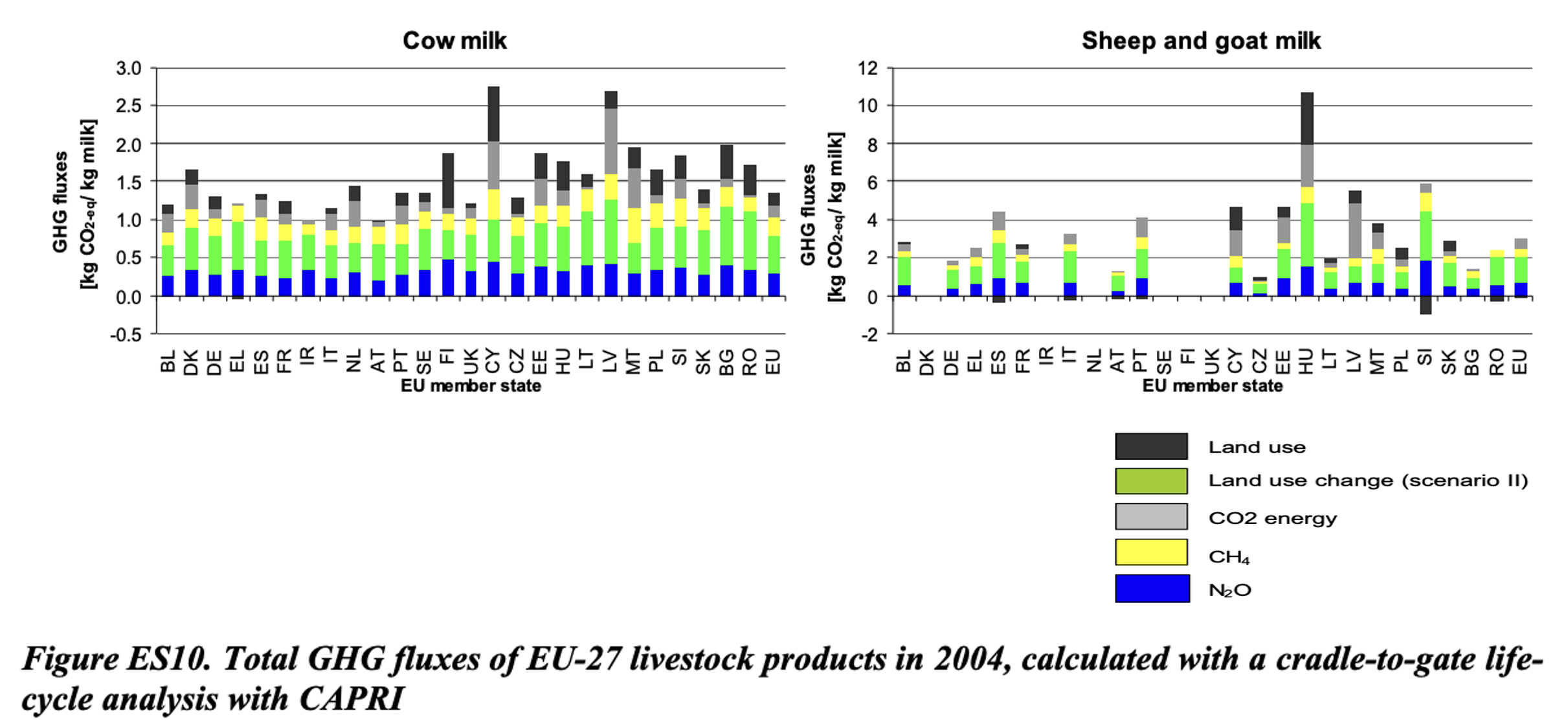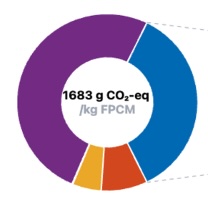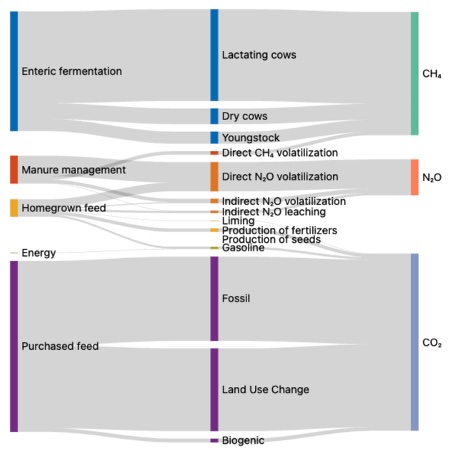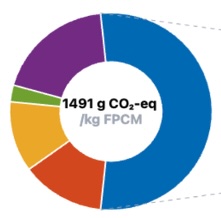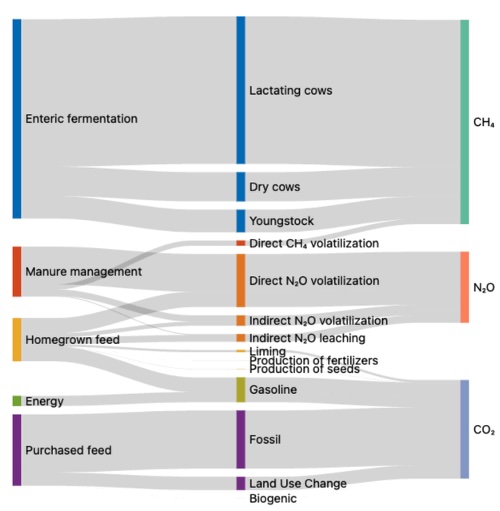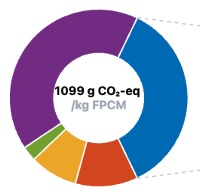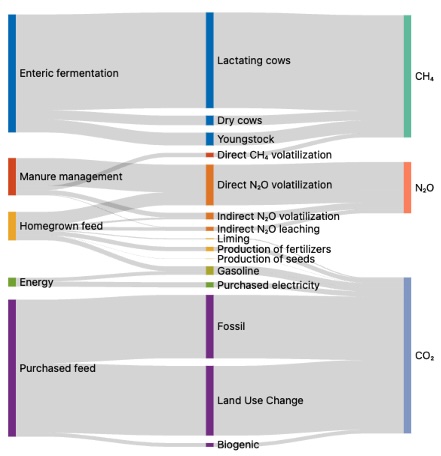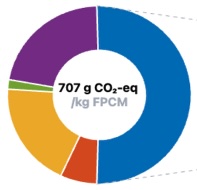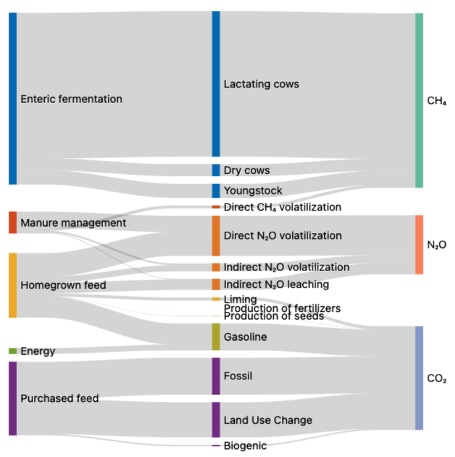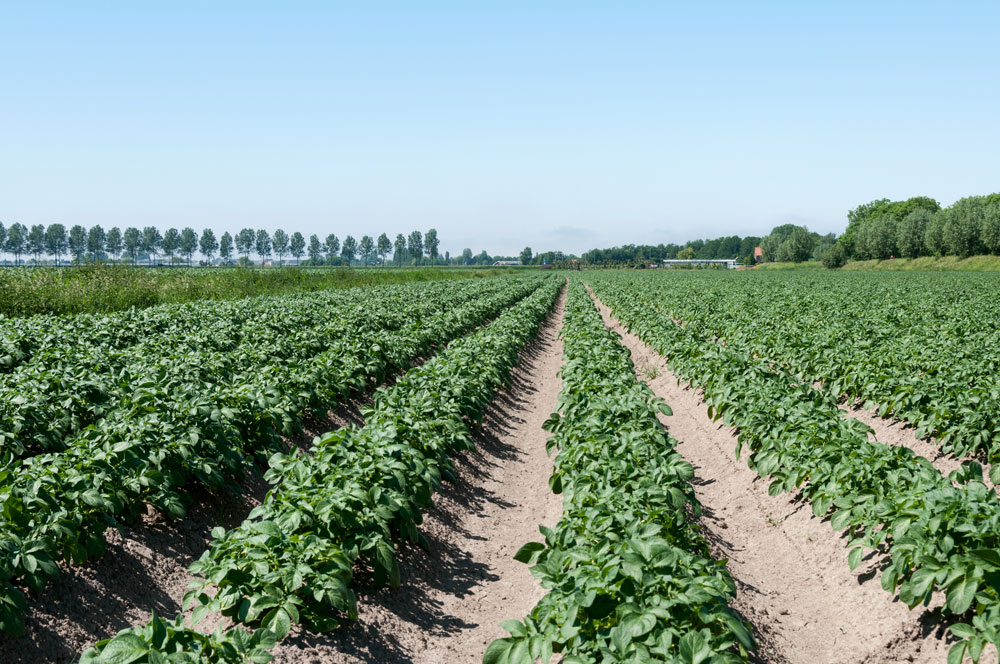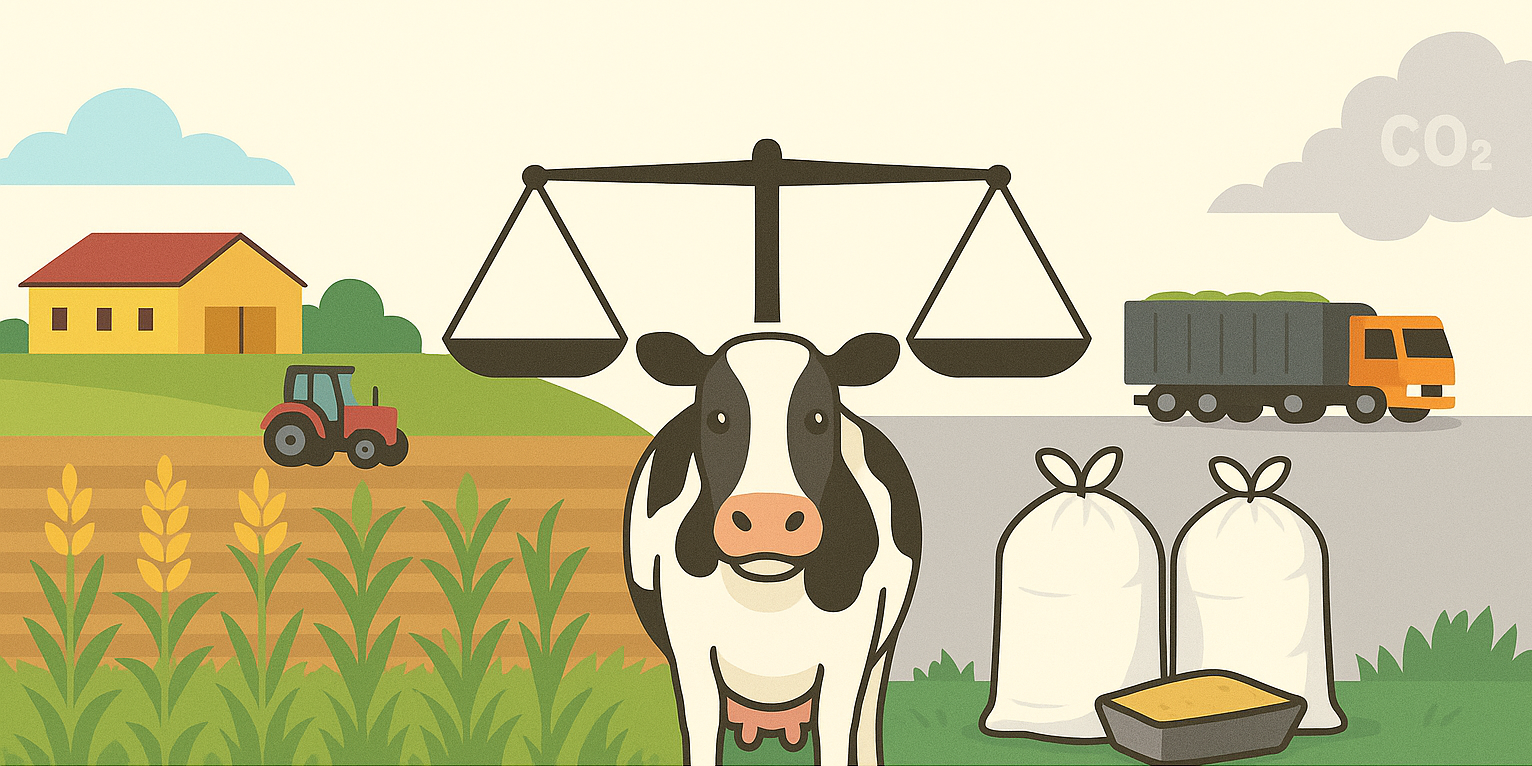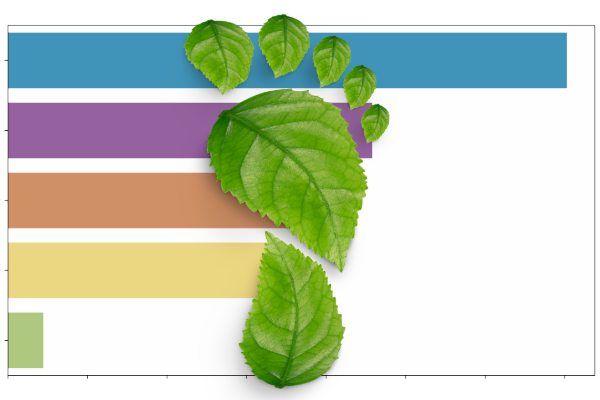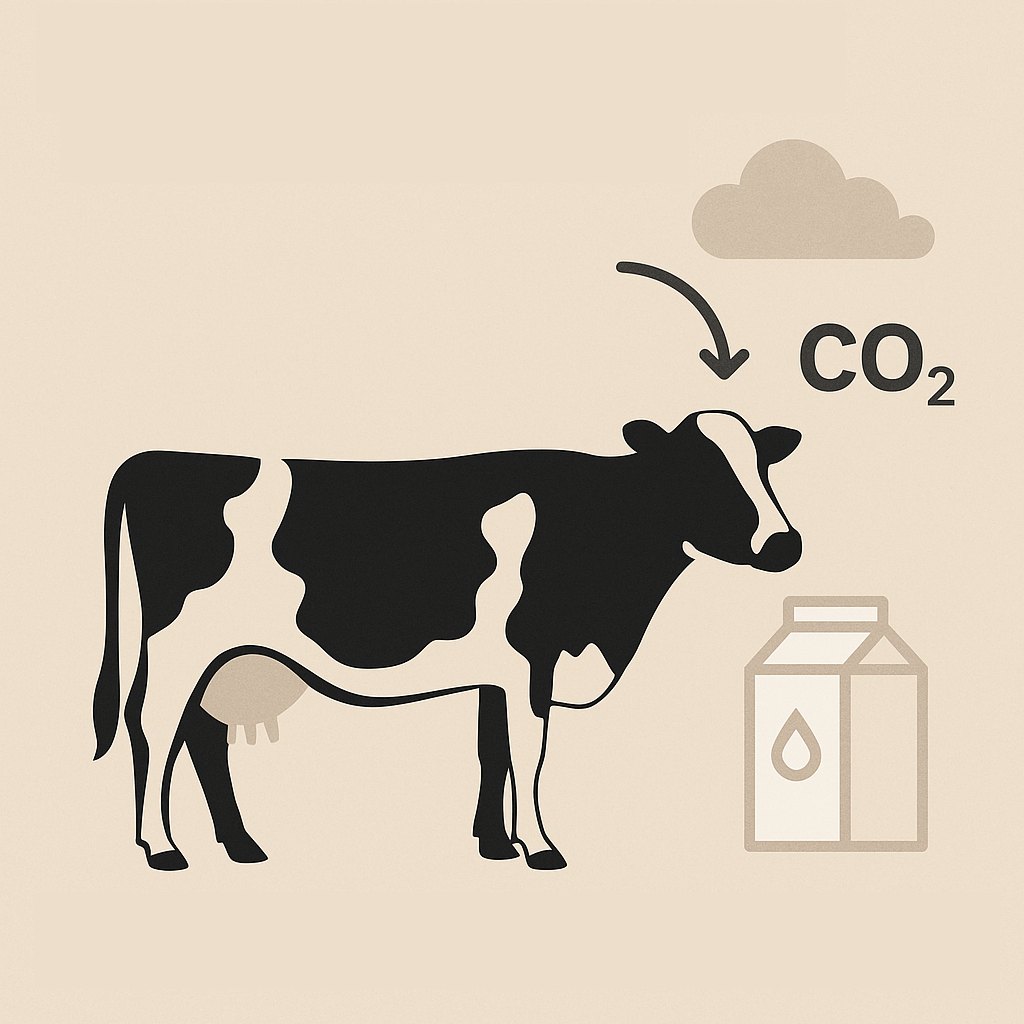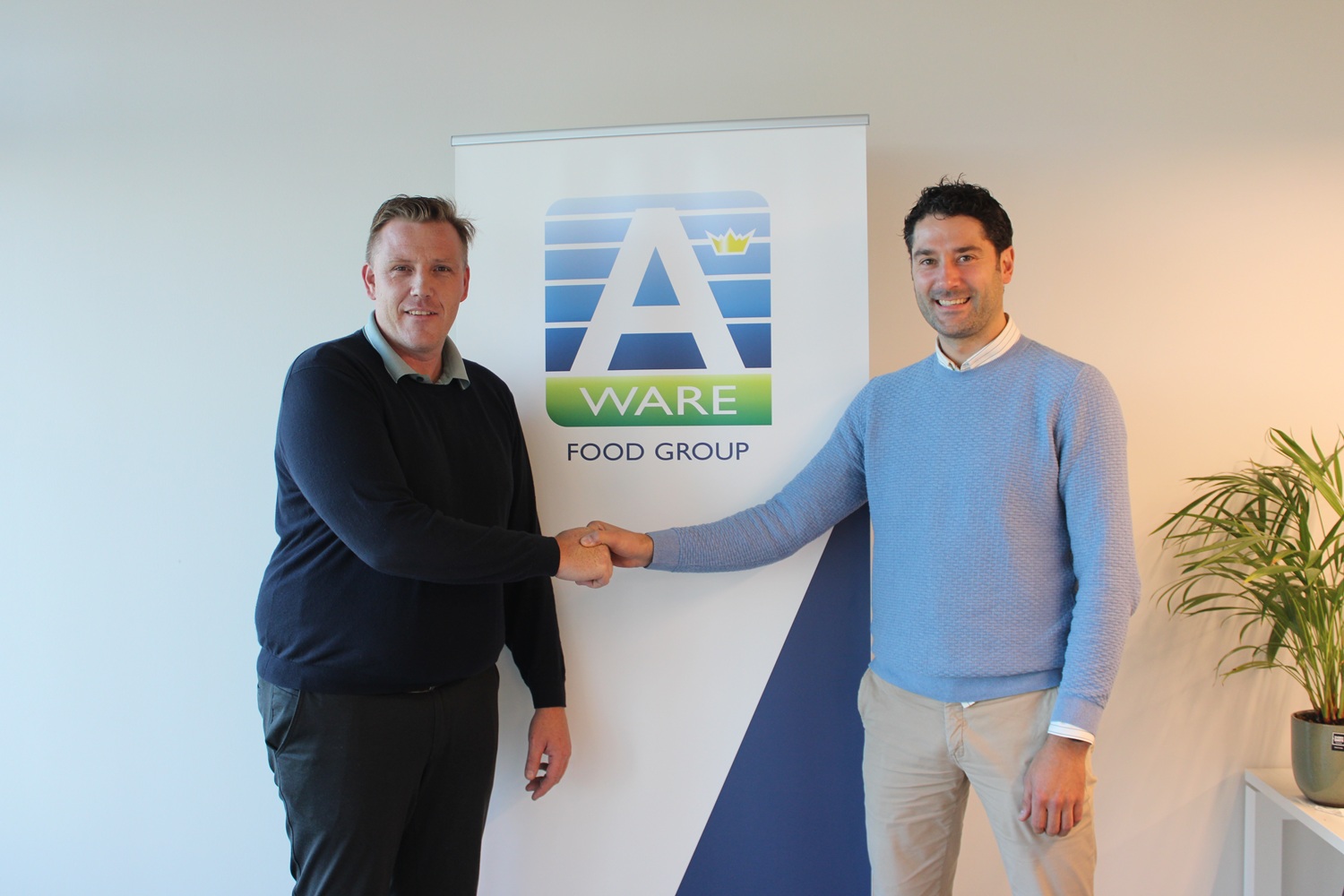The dairy goat and dairy sheep sectors are only small sectors and thus not much was happening at the European level regarding systematic CO2 monitoring on such companies.
Within the European project Farmtopia, ism Govaerts&Co, the basis of the Farmdesk climate module for dairy cows was adapted to small ruminants and we came up with a calculation module to monitor CO2 emissions in accordance with international standards. There is cooperation with pilot farms from Flanders, the Netherlands and France.
The baseline calculations are behind us and we are getting exciting results. Since we are dealing with both organic and conventional farms and since these farms differ greatly in terms of their operations, the results are also very diverse. To give a picture of the results, we want to present them anonymously, without judgement but in comparison with CO2-emission figures from the literature. Thanks for that to the pilot companies.
We learned from the following figures from a European Commission publication that the there is a fairly large variation in the2 emissions per kg of milk from small ruminants across member states. This ranges from in the neighborhood of 1 kg of CO2 equivalents per kg of milk to more than 10 kg of CO2 equivalents per kg of milk. Compared to dairy cow figures, these are substantially higher. For dairy cows, the figures also start near 1 kg CO2 equivalents per kg of milk but is the emission of CO2 equivalents but just above 2.5 kg CO2 equivalents per kg of milk in the countries with the highest emissions per kg of cow's milk.
The majority of Farmdesk dairy farms have a CO2 emissions per kg of FPCM milk ranging from 1 to 1.2 kg, low compared to those of small ruminants, especially compared to dairy sheep while goat farms keep up with cows and the one high-yielding organic farm even outperforms cows.
The CO2 emission monitoring of the pilot companies involved with average company information per year from May 2025 gives the following results as an indication:
Company A
Farm A is a mainstream dairy sheep farm with year-round barn housing and a ration based on hay, grass silage supplemented with pulp, alfalfa, soybean meal and custom pellets.
Productivity in the last monitoring period was 2.45kg milk with 6.20% fat and 5.30% protein.
Company B
Farm B is an organic dairy sheep farm with grazing during the summer months and a ration based on grass-clover silage, by-products and concentrates.
Productivity in the last monitoring period was 1.6 kg of milk with 7.00% fat and 5.10% protein.
Company C
Company C is a mainstream dairy goat farm with year-round barn housing and a ration based on grass (clover) silage, alfalfa, fodder beets, sunflowers, grains, corn and both high-protein and balanced custom chunks.
Productivity in the last monitoring period was 3.40kg milk with 3.41% fat and 3.40% protein.
Company D
Company D is an organic dairy goat farm with summer grazing and a ration based on grass (clover) silage, barley, dry pulp, linseed and soybean flakes supplemented with very limited kibble.
Productivity in the last monitoring period was 4.3kg of milk with 3.72% of fat and 3.10% of protein.
Discussion
We get confirmation of our suspicion that in the countries concerned with high knowledge and high skill in milk production with small ruminants the emission rates are relatively low compared to most European countries.
Furthermore, we do note that emissions from goat farms are substantially lower than those from sheep farms. Both in terms of total CO2 emissions as on enteric emissions. The relatively lower productivity certainly plays an important role in this.
The differences between conventional and organic farms are logical regarding emissions associated with homegrown feed, where the prohibited use of nitrogen fertilizer has a positive impact on emissions.
Organic farms with high productivity can get their footprint very low as we find with goats.
Furthermore, we see relatively higher emissions associated with purchased feeds on conventional farms. This is due to the lower farm autonomy on feed supply that is often characteristic of conventional farms.
These initial calculations already teach us that this is also how companies can learn a lot from each other. High productivity is important. Duration milking to reduce unproductive periods is interesting. Wherever possible, use forage legumes to avoid nitrogen fertilizer. In addition, harvesting and feeding concentrate-like roughage is also very important to reduce the footprint.
Strategically choosing low footprint concentrate raw materials always pays off.
With this information in mind, we will continue to work with the pilot companies.
The development of the Climate Tool for Small Ruminants is co-financed by the European Union.
